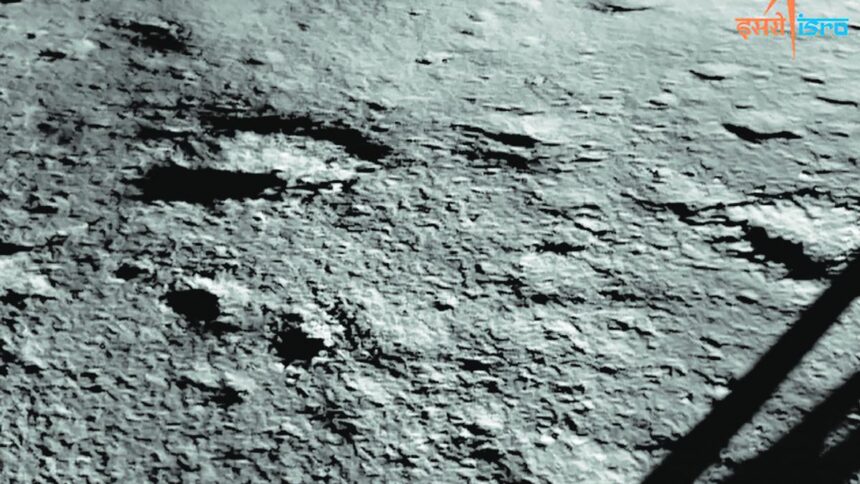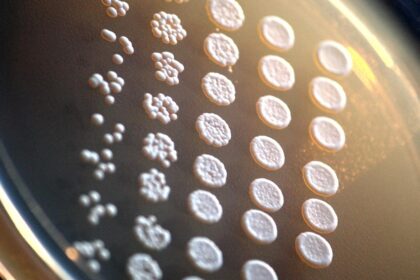Chandrayaan-3 Landing Site Reveals Promising Samples
In a groundbreaking discovery, scientists from the Physical Research Laboratory (PRL) have revealed that the landing site of the Chandrayaan-3 mission, known as Shiv Shakti point, holds potential for accessing primitive mantle samples. This site, located near the South Polar Region, has been identified as a promising area for future lunar missions.
The scientists analyzed the concentrations of volatile elements measured at Shiv Shakti station using the Alpha Particle X-ray Spectrometer (APXS) onboard the Pragyan rover. Their findings indicate an anomalous depletion of sodium and potassium, but an enrichment of sulfur in the soils at the highland landing site.
This study, published in the journal Nature Communications Earth and Environment, suggests that the primitive lunar mantle materials, which were excavated during the formation of the South Pole-Aitken (SPA) basin 4.3 billion years ago and redistributed by subsequent impacts, might be present at the landing site.
The APXS payload measured the abundances of sodium, potassium, and sulfur in the highland soils, with concentrations ranging from 700-2,800 ppm, 300-400 ppm, and 900-1,400 ppm, respectively. The Chandrayaan-3 landing site showed lower concentrations of sodium and potassium compared to soil samples from earlier missions (Apollo 16 and Luna 20), while the concentration of sulfur was higher.
These findings highlight the potential for future missions to collect samples, particularly to study the early evolution of the moon. The Chandrayaan-3 landing site is thus a promising location for future lunar exploration.
Reference : https://www.thehindu.com/sci-tech/science/new-study-on-chandrayaan-3s-landing-site-reveals-potential-presence-of-primitive-lunar-mantle-materials/article69510234.ece








